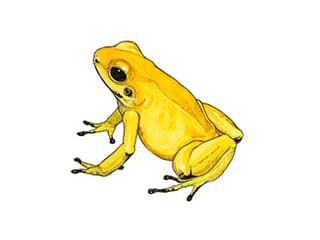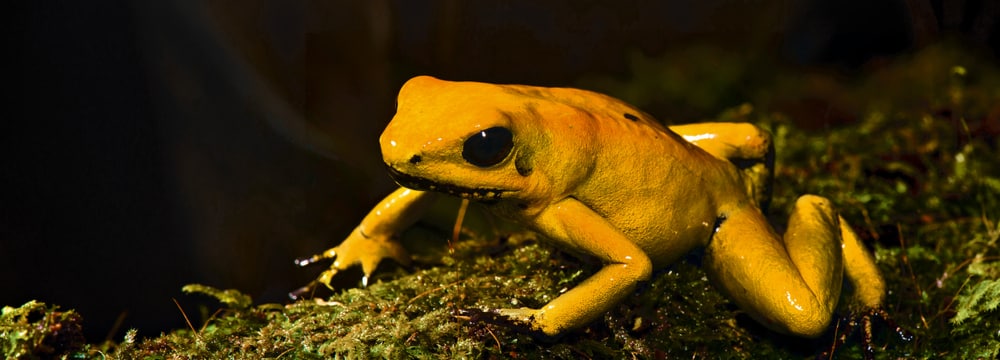
Amphibian Survival
Zoo Zurich is making it possible for the first time in Colombia to examine the population sizes of endangered frog species using scientific methods. This review of 71 species of frogs in five national parks - and thus a third of the species of frogs classified as endangered in Colombia - will provide a better understanding of to what extent they are under threat.
The diversity of amphibians in Colombia is overwhelming. Over 700 species are known and 214 of them are classified as endangered. Colombia has the largest concentration of endangered amphibian species worldwide. In comparison: twenty of them are found in Switzerland. A skin fungus that is fatal to frogs and toads is spreading at a rapid pace worldwide, the so-called chytrid fungus.
The Amphibian Survival conservation project. Video: Zoo Zürich, frogs-friends.org
Unfortunately it is currently proving impossible to stop the spread of the chytrid fungus or to treat sick amphibians in the wild. Therefore, the conservation of endangered species of frogs in human care has high priority, with the aim being to return them to the wild in the future.
In close cooperation with the Wildlife Conservation Society (WCS) in Columbia, Cali Zoo and the Corporación Universitaria Lasallista de Medellín, information regarding the prevalence and status of them in five of the most important Columbian national parks for amphibian diversity is being gathered.
Based on this data, the decision is taken as to which frog species must be transferred to the amphibian breeding center at Cali Zoo as a priority in order for them to be preserved. Here they can be bred in an environment protected from the chytrid fungus in the breeding station financed by Zoo Zurich. Should one of these species die out in nature, the original habitat could be repopulated with offspring from the «Noah's Ark for amphibians» after the chytrid fungal infection has subsided.
We also keep and breed various endangered species of amphibians at Zoo Zurich. These are primarily the poison dart frogs from the rainforests of South America and the tomato frogs from Madagascar.
Zoo Zurich's involvement focuses on scientific research into frog populations in the regions with the highest number of endangered species.
REsearch areas
A total of one third of all endangered frog species in Columbia live in the five national parks where the researchers from the Wildlife Conservation Society work.
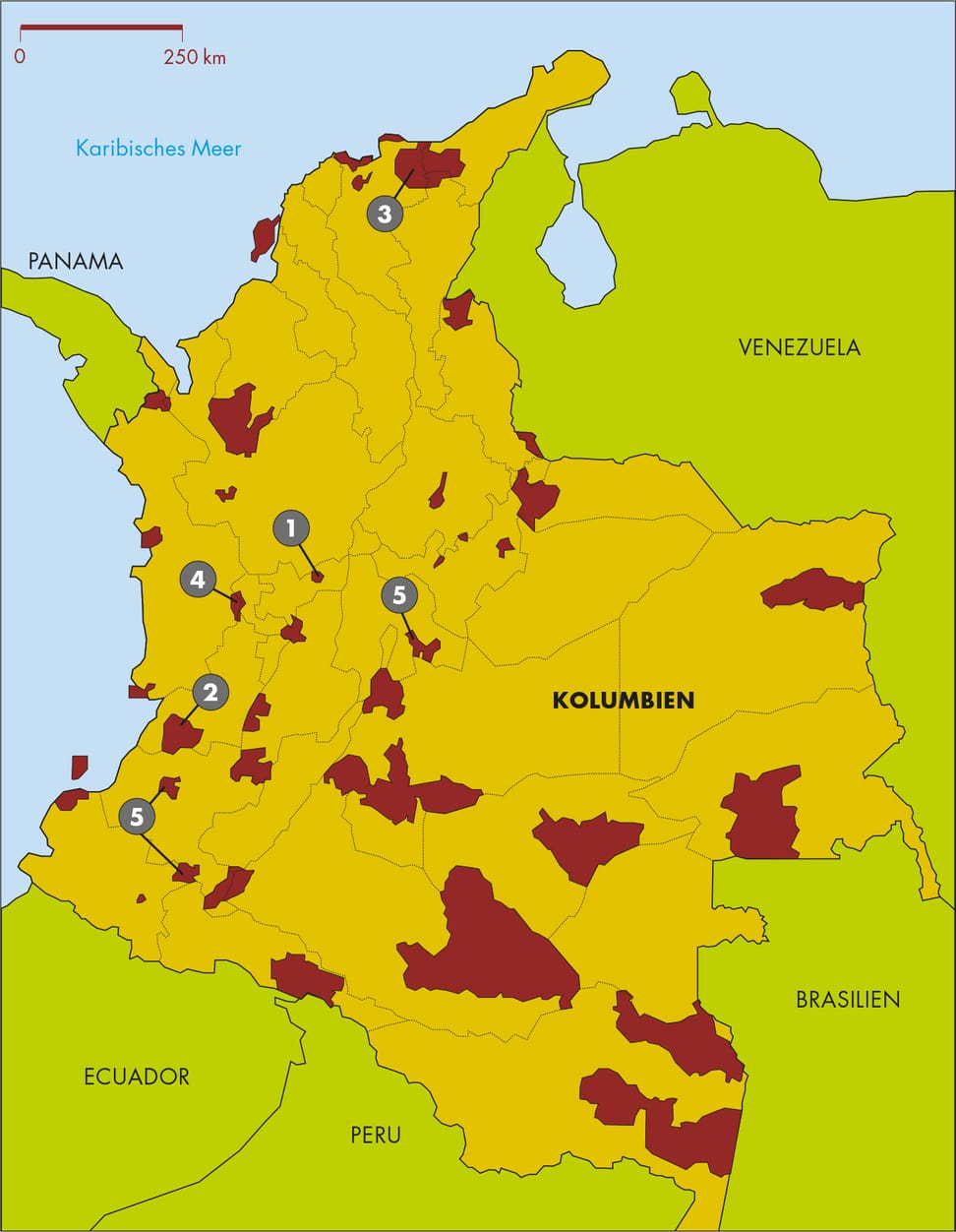
Graphic: Zoo Zürich
National parks and number of endangered frog species
- Selva de Florencia (24)
- Los Forallones de Cali (19)
- Sierra Nevada de Santa Marta (11)
- Tatama (9)
- Chingaza, Munchique, Coplejo VolcanicoDoña Juana Cascabel (8)
The golden poison dart frog has a very small natural distribution area in the tropical lowland rainforests of the Saija River in Cauca Department. Its habitat has been shrinking significantly in recent years due to deforestation, which is why it was recently classified as “endangered” on the Red List of Endangered Species.
Zoo Zurich is funding an initial study on the population of the golden poison dart frog. The frogs differ in terms of the pattern of black spots on their stomach, which is why the researchers are photographing and identifying each frog along certain zones. After passing the observation lines several times, the population density of the frogs can thus be determined.
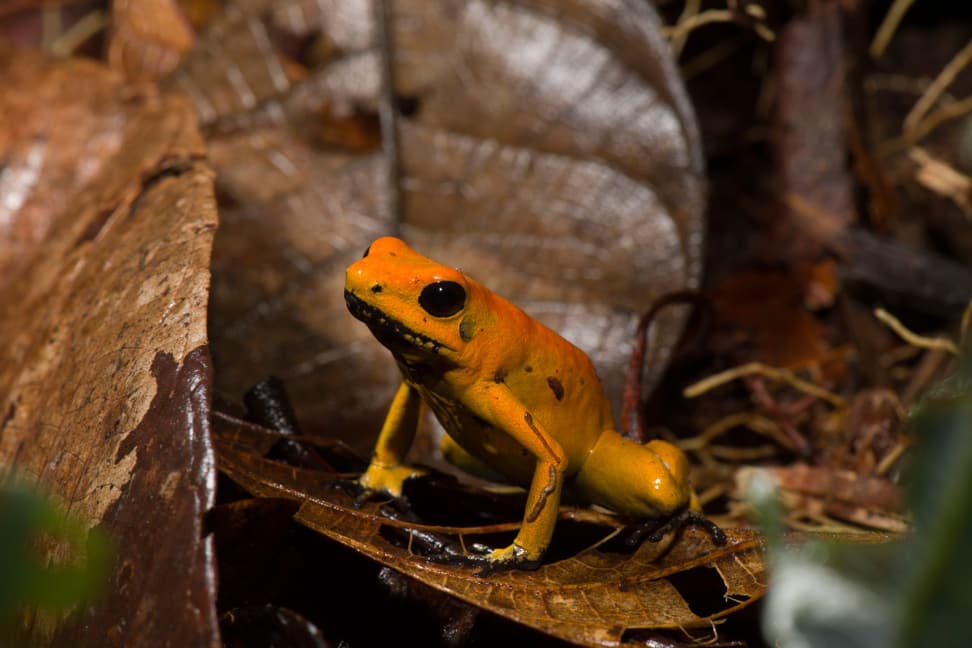
The golden poison dart frog obtains the basic materials for its skin venom from ants. Photo: Zoo Zürich, Martin Bauert
The golden poison dart frog is one of the most familiar species of frog because it is considered the most toxic vertebrate in the world. It produces very strong venom in its skin that protects it from predators. In ancient times, South American Indians used the venom of the frogs to prepare the arrows of their blowpipes for hunting birds and small monkeys.
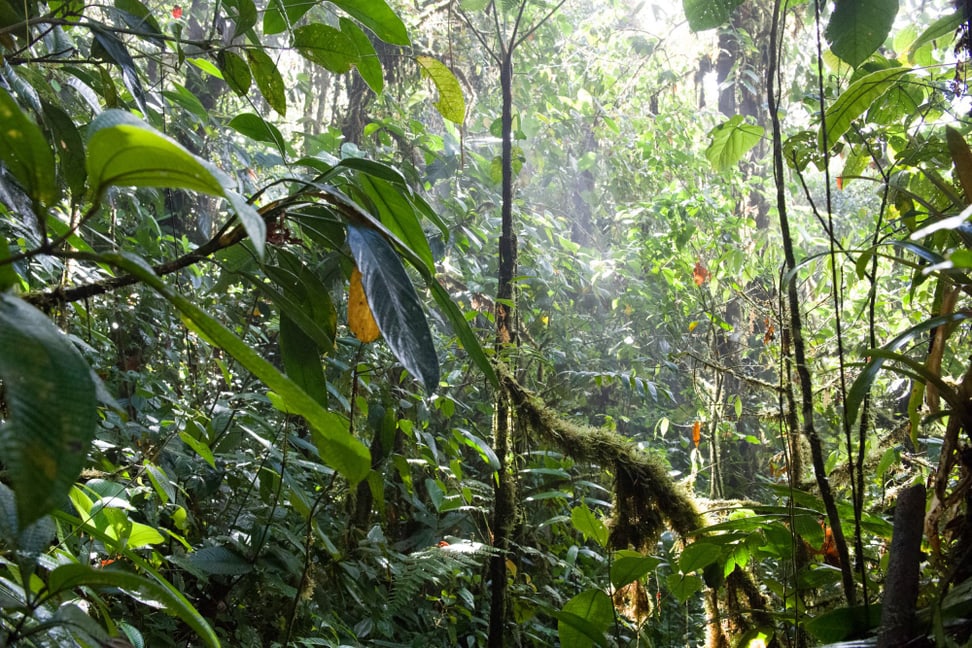
The evergreen rainforest is the typical habitat of tropical amphibians. Photo: Zoo Zürich, Martin Bauert
